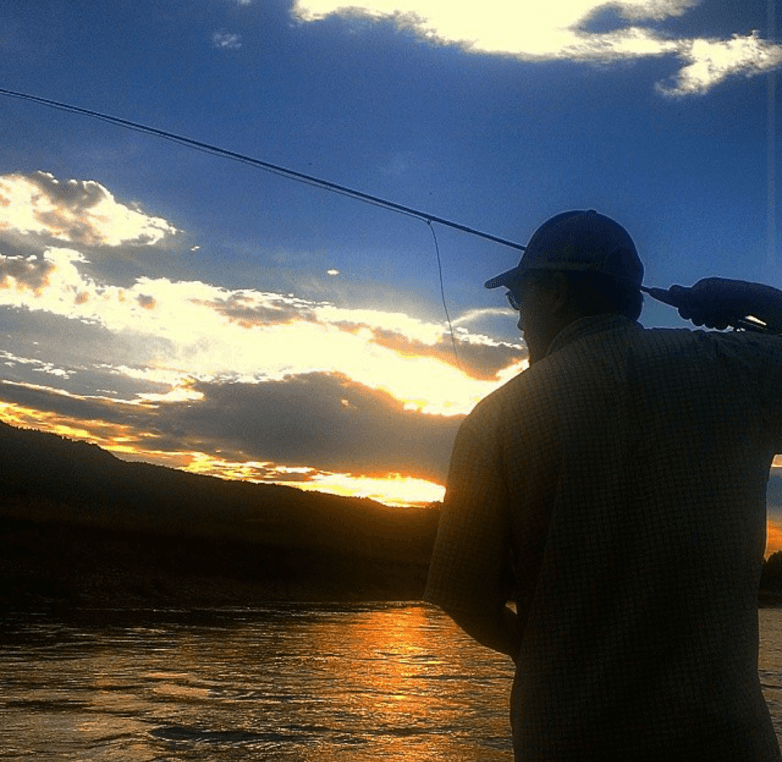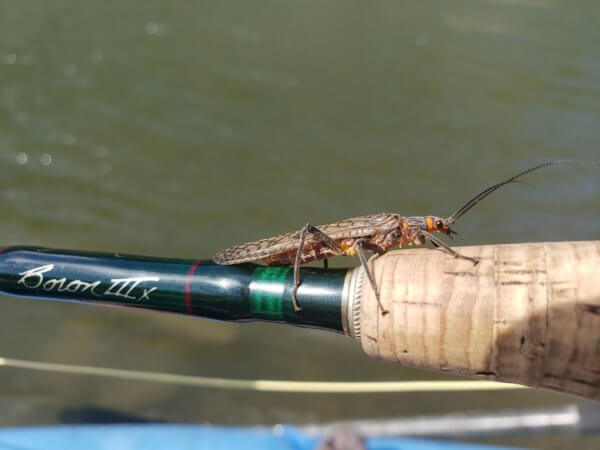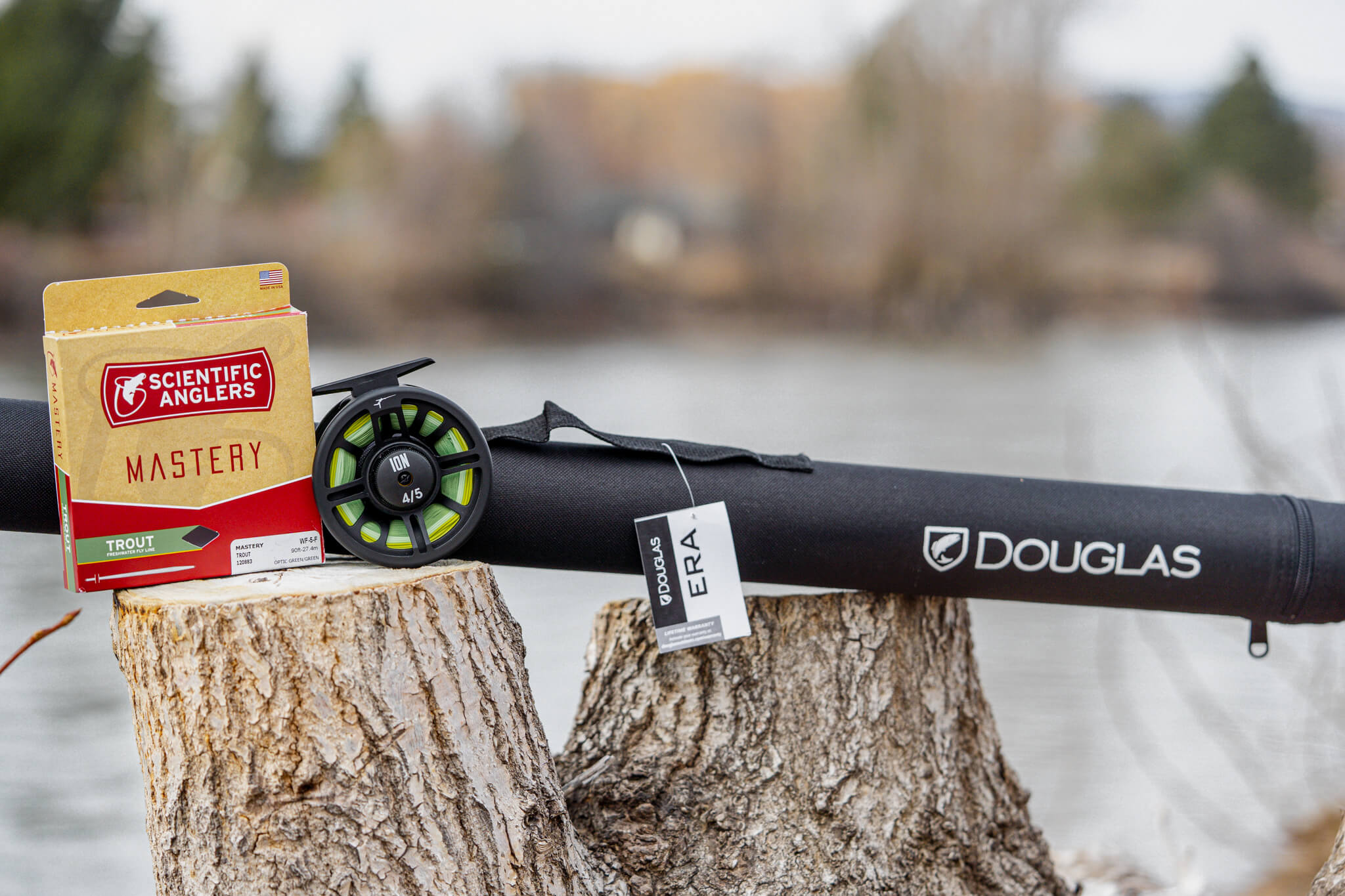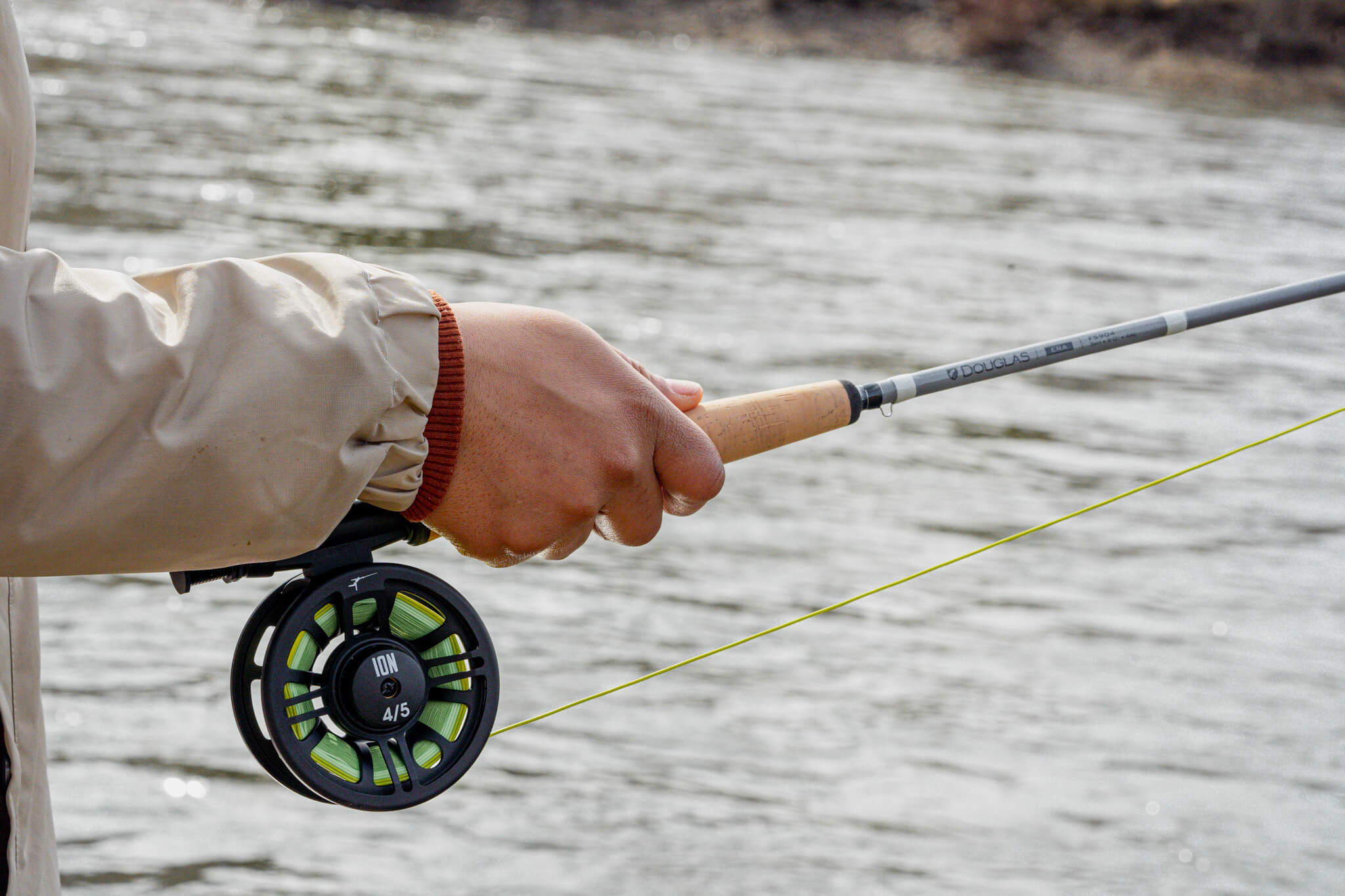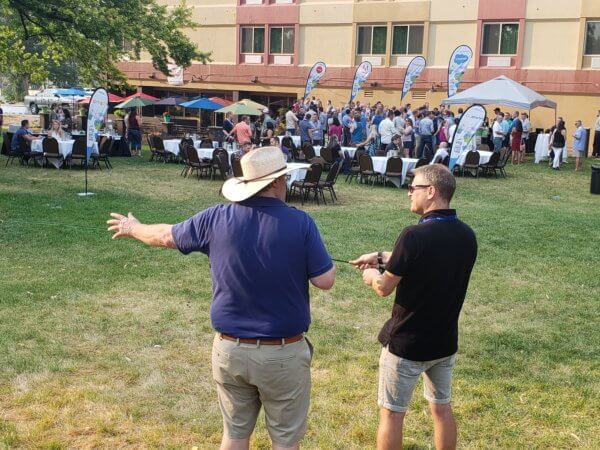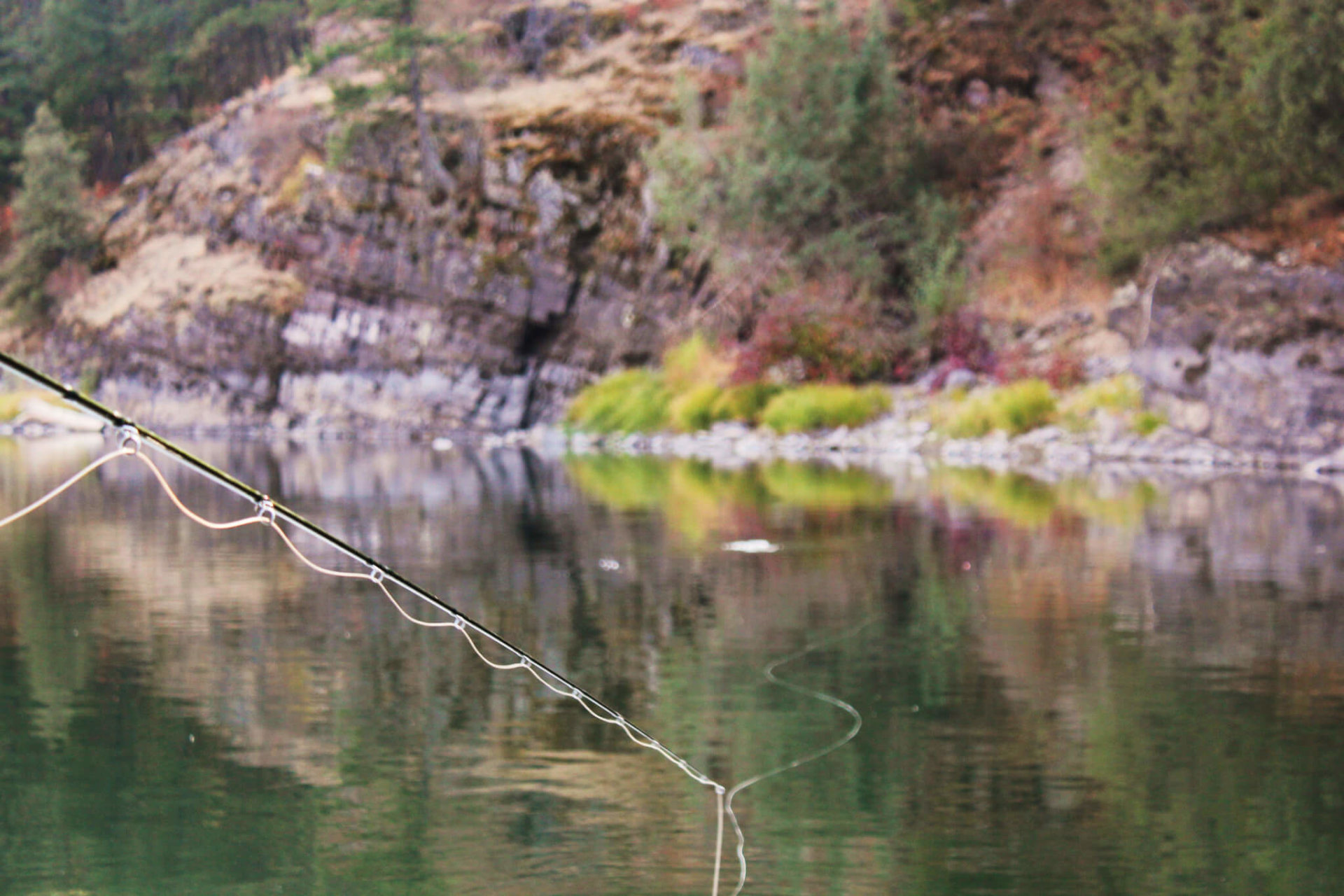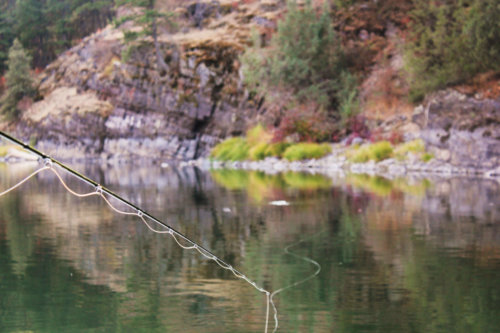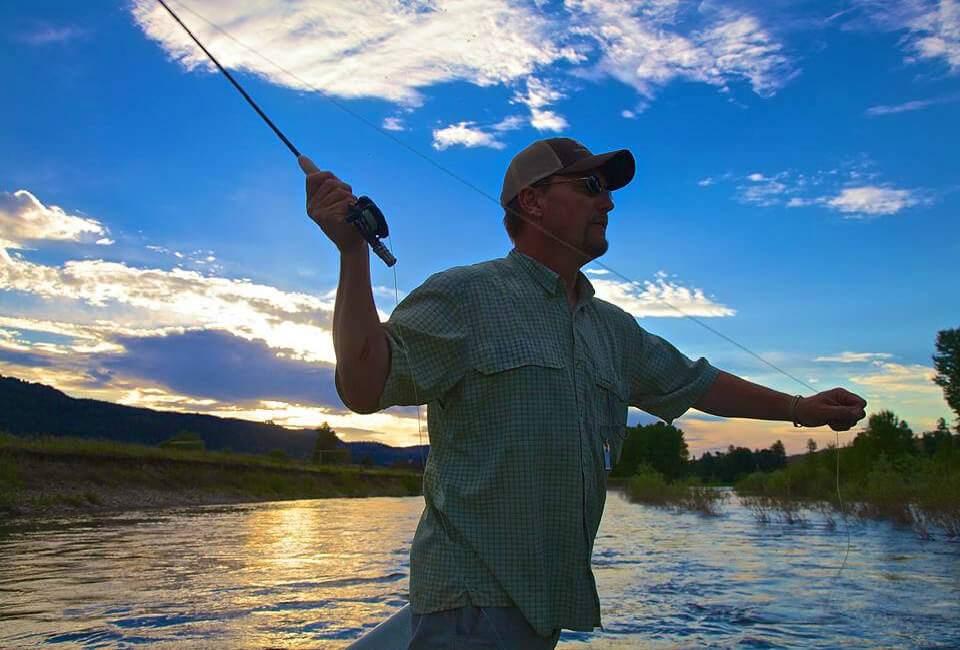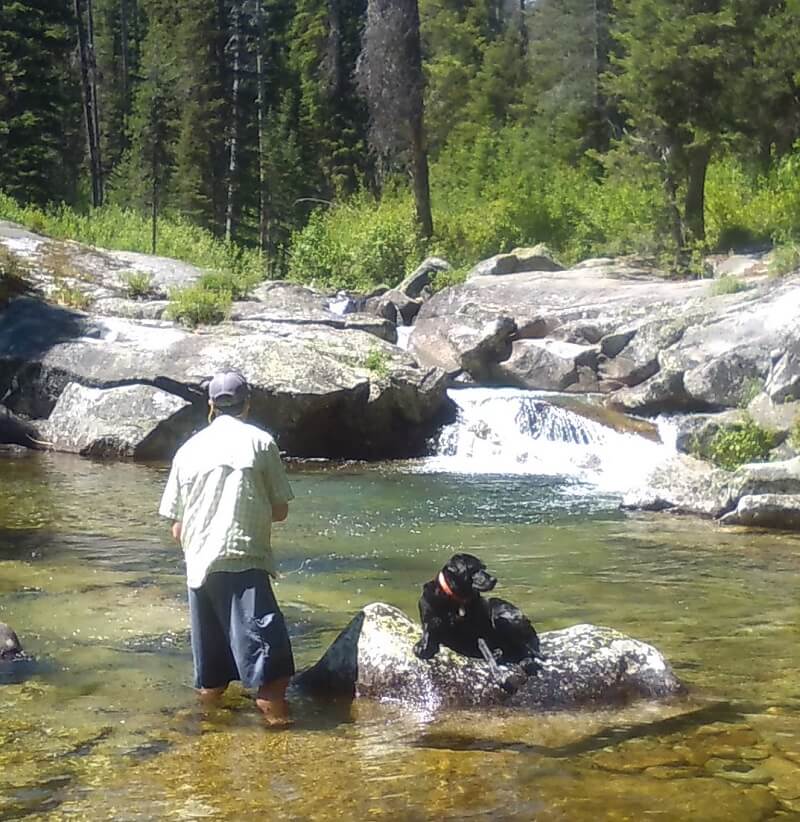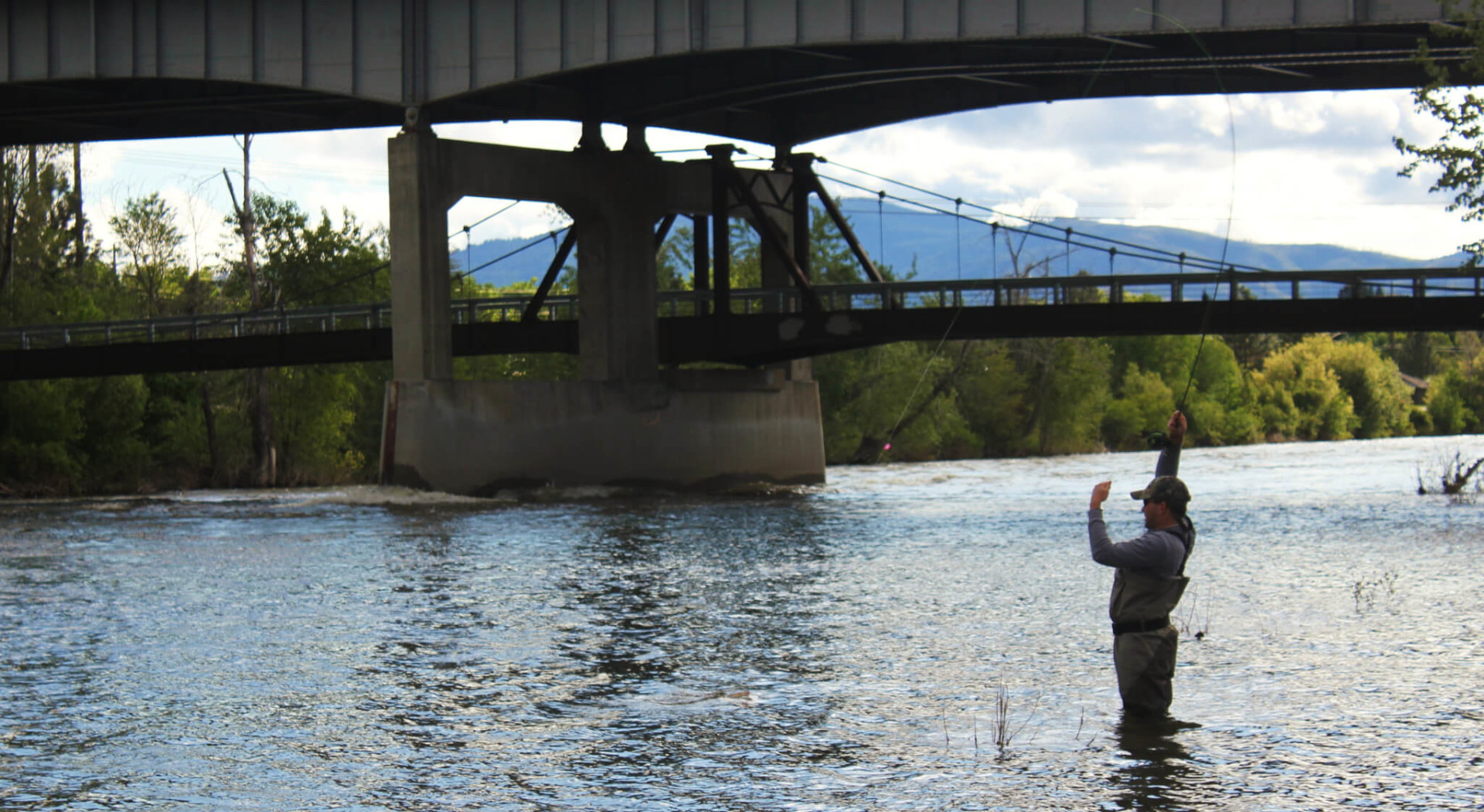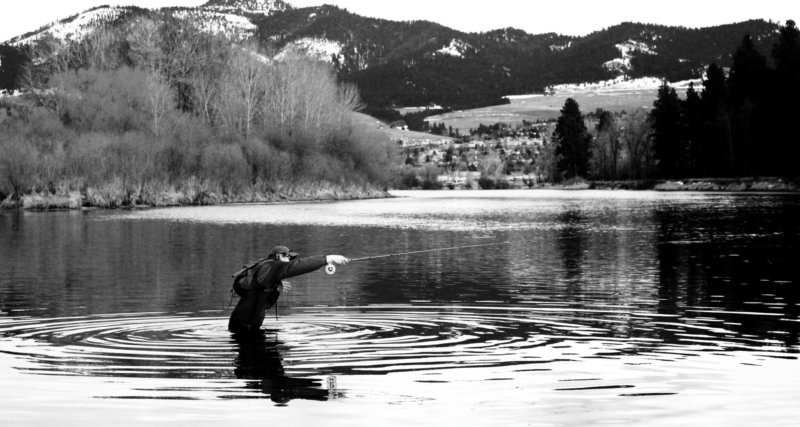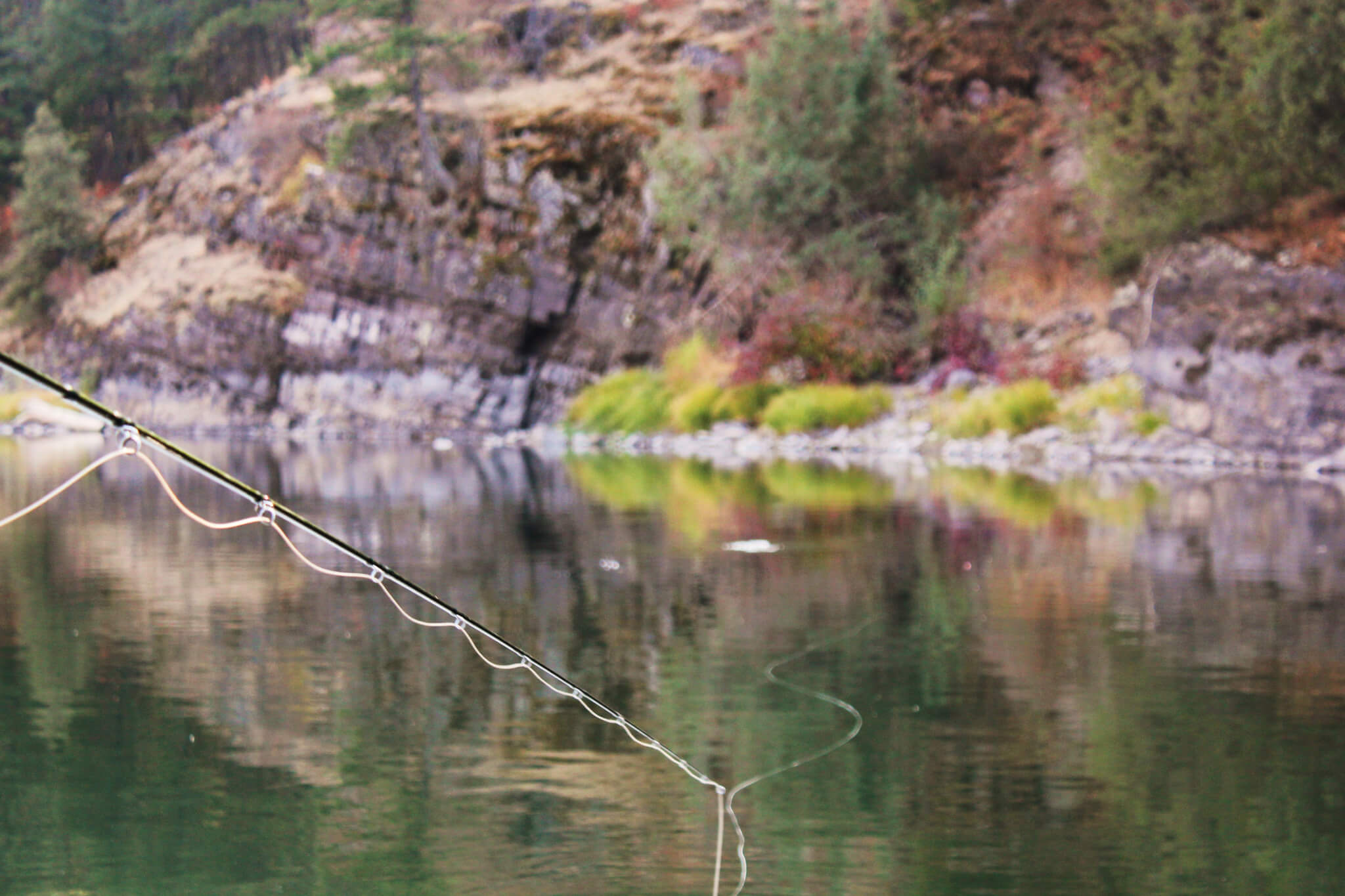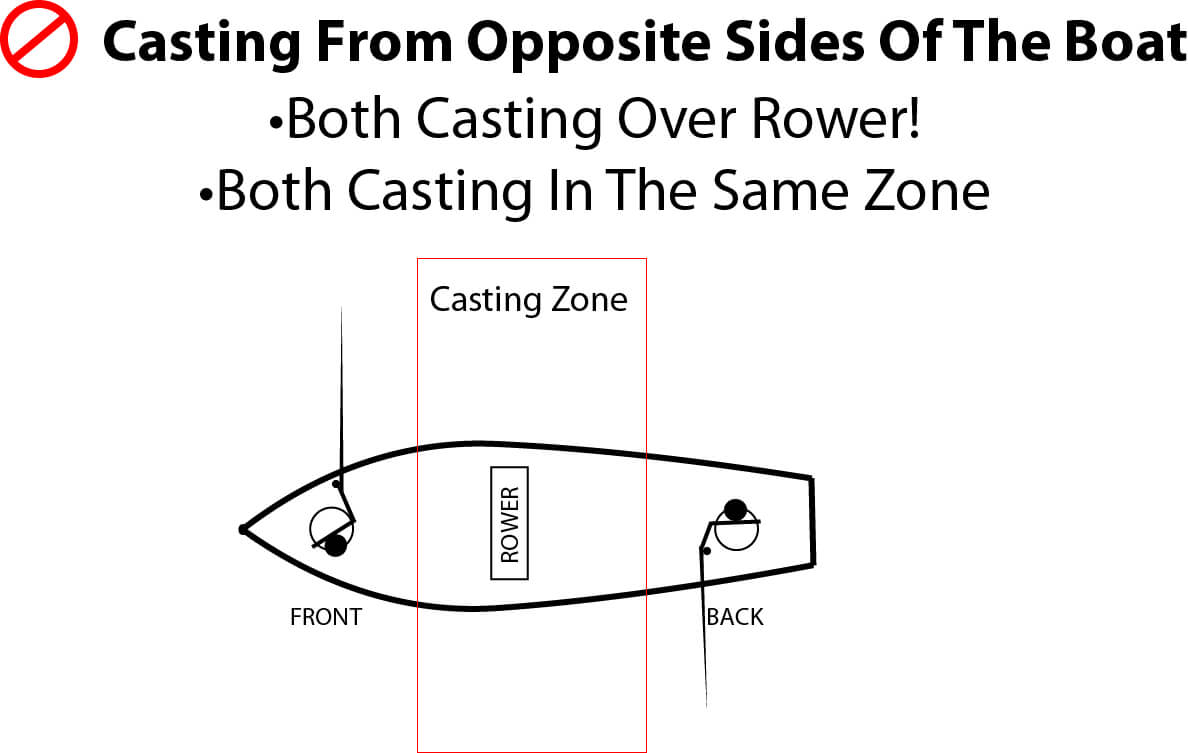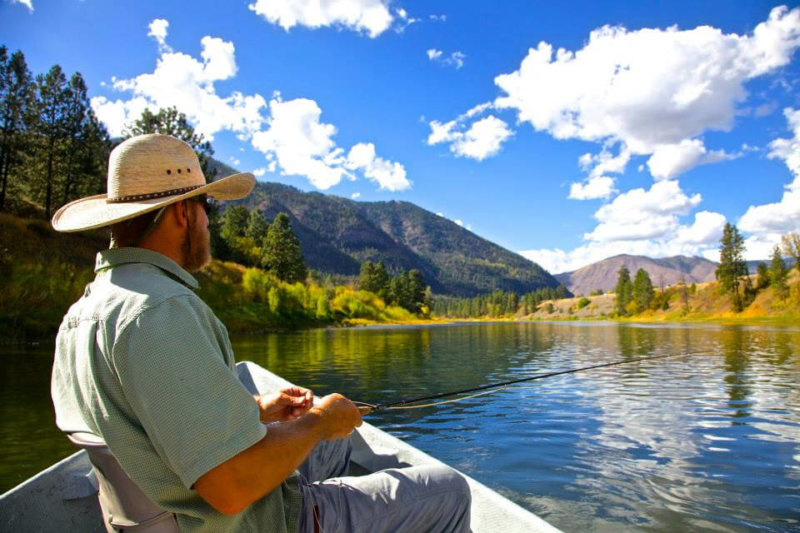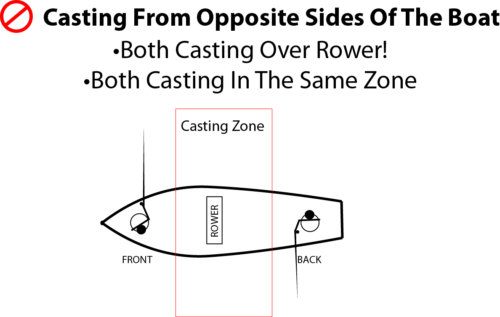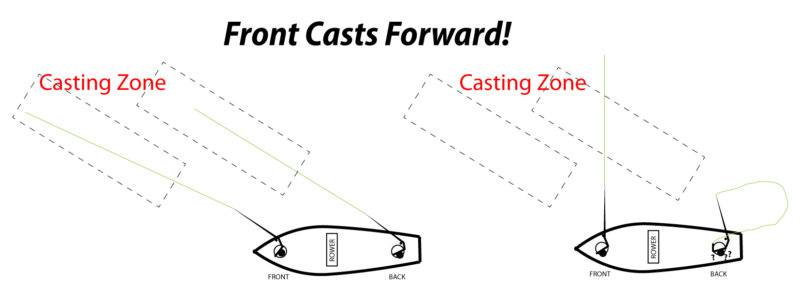The industry standard length rod is 9’, with a 9’ 5 wt. being the most popular rod in the world. Does it work? Of course it does! When the top rod designers in the world compete for market share in the most sold rod, it’s a guarantee you’re getting their best work! But maybe not the most effective and efficient tool for the job.
The long rod has fought an uphill battle since rods went from solid wood and Greenheart to split bamboo. Dame Juliana’s 15 foot and longer rods allowed early anglers to control line and fly, but as split cane replaced solid wood, rods got shorter to conserve weight and allow single handed use. The long rod has been trying to find its way back since about 1880.
Fiberglass didn’t bring the long rod back- the combination of weight and butt diameter didn’t lend itself to the long rod . When graphite appeared in 1973, rod rolling machines were incapable of consistently creating a straight tip on a 10’, 2-piece rod.
It’s a new millennium, and graphite construction has changed. The two-piece rod has pretty much gone the way of the coelacanth (thought to be extinct but still sighted), and it’s easy to roll pieces for 4-piece 10 foot rods and longer. The technology has caught up with the product, but anglers are lagging behind!
So without further ado, we present the Missoulian Angler’s Top Ten Reason For Using A Longer Fly Rod!
1. Distance
Straight physics says a longer lever is a more powerful lever. With a longer rod, you generate more energy and cast further. While distance might not be critical to a lot of trout fishing, the ability to add power definitely allows you to fight the wind with more authority. More power = more distance = better in the wind. Streamer fishermen need distance at times, as do still water anglers. The roll cast is much more powerful with a longer rod- ask any Spey fisherman. Get a power boost with a longer rod wherever and however you fish.
2. Longer Leaders, Thinner Leaders
With additional power in casting, longer leaders with finer tippet are now more easily handled. When you think of a leader as an energy conduit, (Leaders) then more power from the rod handles a longer, thinner leader. Since Charles Cotton in the 1600’s, fine and far off has been the mantra. The longer rod makes that happen, providing more space between line and leader. With less chance of lining the fish, and better drift on lighter tippet, the long rod enhances your presentation.
3. Faster line pick-up
The longer rod requires a bigger, heavier reel to correctly balance the rod. With a bigger reel comes a larger diameter, which means faster line pick-up. When you hook the fish of the day, getting the trout on the reel is the fastest way to control. Larger diameter means faster to the reel. A 10’ 4 wt. rod might use a reel designed for a 6-8 weight rod, depending on the weight. When you get a longer rod, make sure to get a reel that balances. The longer length creates a heavier swing weight, and balance becomes more critical to comfortable, all day casting.
4. Mending
This is the most important reason for owning a long rod. With the tall stick, your ability to mend expands exponentially. It’s not an extra foot of mending capability, it’s an additional 8-10 feet of mending capability. Since mending is essential to success, and a longer rod accentuates your ability to mend, there is NO REASON to trust the crucial aspect of mending to a short stick. Once again, physics shows you how much more effective a longer rod is. The longer rod also extends your reach casts, adding additional float to your drift. In every aspect of mending, on water and aerial, a longer rod outperforms its shorter counterpart.
5. Line Control
Along with better mending, long rods provide better line control. Line control begins with casting distances that are short enough to maintain contact with the fly. As we’ve said, the longer rod handles more line, allowing a longer cast to be fully under the anglers control. Another aspect of line control is removing drag by keeping the line off the water. Longer rods keep more line off the water, eliminating drag. While this is important for classic angling, it’s critical for…
6. Euro Nymphing
Mending and line control are essential to Euronymphing. Euronymping success is predicated on complete line control. It’s why the best Euronymphers use the longest rod they can comfortably handle. The longer rod creates more separation from angler and fish, adhering to the fine and far off mantra. It allows micro control over the fly line at distance. The people who are the most effective at taking fish, the anglers who must control their fly line, use a long rod for its effectiveness. Maybe you should think about taking advantage of an extra foot or more in your fishing.
7. Dapping
The gentle art of dapping has been somewhat supplanted by the upswing in Tenkara, but it’s still highly effective taking trout out of tight, tight lies. Dapping keeps everything off the water but the fly, and is often used in small streams or places a cast can’t be made. The longer rod keeps you further from the action, which is further from spooking the quarry. Dapping can be utilized on large rivers as well as small streams. Find yourself above an eddy with rising trout, and dapping will get you a drift not found by traditional casting.
8. Use A Lighter Line Weight
After 30 years of using nothing shorter than 10’ rods for trout fishing, I can say from experience that pretty much anything a 9’ 5wt. rod can do, a 10” 4wt. rod can do. The mechanical advantages of the long rod allow a lighter line to do more, making it equivalent to a line size higher in a shorter rod. When dry fly fishing technical water (think Clark Fork River and Bitterroot River after July 15), and you have a tool that allows you to use a lighter line to accomplish the same tasks. The drop rule applies to all long rods. A 10’, 5wt. matches a 9’ 6wt, and a 10’ 3wt. handles the tasks of a 9’, 4wt. With a longer rod, you’ve just gotten a bit finer in the fine and far off game.
9. Versatility
Whether you toss dry flies, throw nymphs, huck streamers or straight Euronymph, a longer rod helps you do it better. Every technique of fly fishing is enhanced with a longer rod. Magnify distance, mending and line control at any situation, and you find you’re a more versatile angler on the water. You get places others can’t get to, or control drag in spots where others can’t. With a long rod, the river just got smaller, and you just opened up new opportunities. That’s versatility.
10. Annoy Your Friends with Your Ability To Catch Fish
When you grab the long rod, your effectiveness on the water rises exponentially, just like your ability to mend, ability to cast farther, ability to handle smaller tippet and ability to control your line. That’s a long list of upgrades, without even practicing! Imagine how much more you’ll want to fish when you’re catching more.
The Missoulian Angler has the largest selection of long rods in town. With 10’ and longer from Douglas, Winston, OPST and Echo, we’ve got you covered from standard trout to Euronymphing right through mini skagit. We cover 2 wt through 6 wt, at many price points, and have the rod you need when you’re ready to heed physics and take the mechanical advantage to the water.

